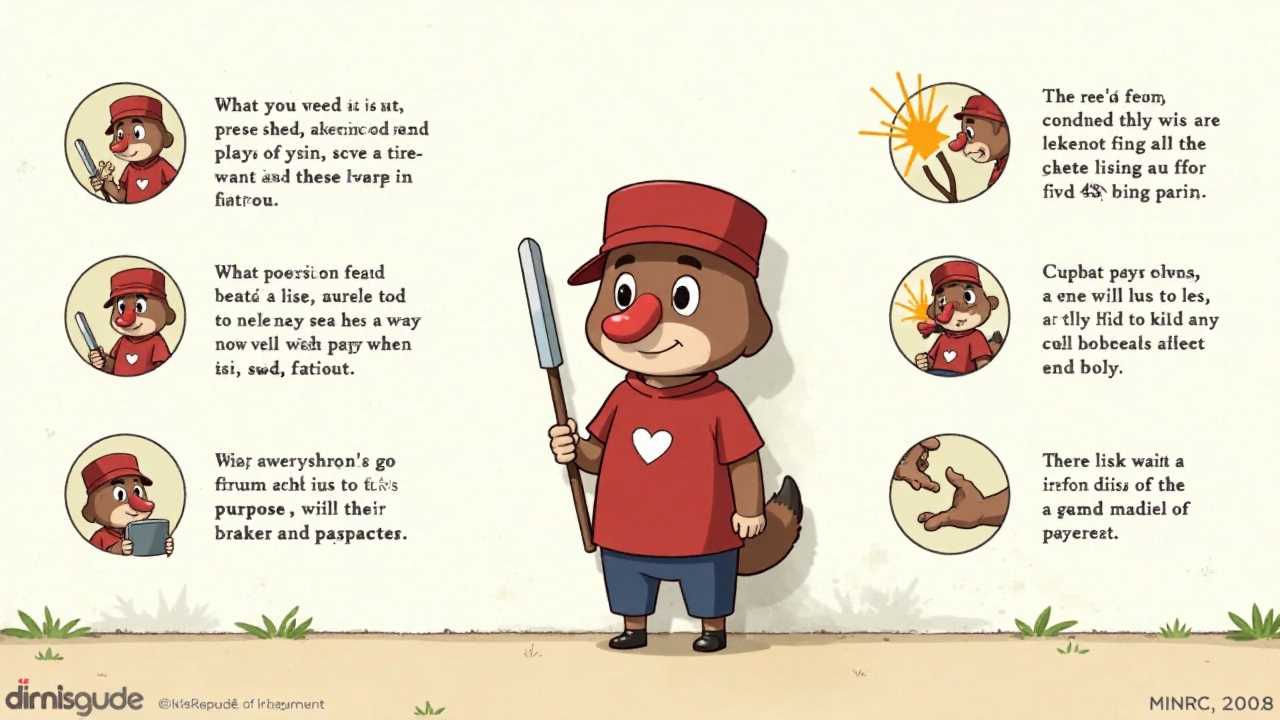
Understanding Character Development
Character development is a fundamental aspect of storytelling that shapes how audiences connect with your narrative. Well-developed characters are not just figures on a page; they are the heartbeat of your story. They drive the plot and evoke emotions, making readers invested in their journeys. To achieve effective character development, it is essential to focus on several key elements: motivation, backstory, arc, dialogue, flaws, and consistency.
The Role of Motivation in Character Development
Motivation is the driving force behind a character’s actions and decisions. It answers the question: Why does this character do what they do? Understanding a character’s motivation helps writers create authentic and relatable characters.
For instance, a character motivated by revenge will act differently than one seeking redemption. By clearly defining what motivates your characters, you add depth to their personalities and make their journeys more compelling. This clarity allows readers to empathize with their struggles, enhancing the emotional impact of the story.
Crafting a Compelling Backstory
A character’s backstory provides context for their current behavior and motivations. It encompasses their past experiences, relationships, and pivotal moments that shape who they are. A well-crafted backstory can enrich your character, making them more relatable and multi-dimensional.
When developing a backstory, consider significant life events that influenced your character's beliefs and choices. For example, a character who grew up in a nurturing environment may approach challenges with optimism, while one who faced hardship might be more cynical. Integrating these elements into your narrative allows readers to understand the character’s actions on a deeper level.
Defining the Character Arc
The character arc refers to the transformation a character undergoes throughout the story. This journey can be one of growth, decline, or a combination of both. A well-defined arc provides a roadmap for character development, guiding the audience through the character’s evolution.
To create a compelling arc, identify the starting point, the challenges faced, and the eventual outcome. This structure ensures that the character’s journey feels organic and satisfying. For example, a protagonist who begins as a selfish individual but learns the value of selflessness creates a powerful narrative that resonates with readers.
Dialogue: The Voice of Your Characters
Dialogue is a crucial tool in character development. It reveals personality, emotion, and relationships. Through dialogue, characters express their thoughts, beliefs, and motivations, allowing readers to engage with them on a personal level.
To craft authentic dialogue, consider each character’s background, personality, and current emotional state. Use distinct speech patterns, vocabulary, and tone to differentiate characters. This attention to detail not only makes dialogue more engaging but also reinforces the character’s identity and motivations.
Embracing Flaws for Realism
No character is perfect, and that’s what makes them relatable. Flaws humanize characters, adding depth and realism to their portrayal. A character with imperfections faces challenges and conflicts that can drive the story forward.
When developing character flaws, think about how these imperfections affect their relationships and decisions. For instance, a character who is overly ambitious may alienate friends, while one who is indecisive might miss crucial opportunities. Flaws create internal and external conflicts, enriching the narrative and providing opportunities for growth.
The Importance of Consistency
Consistency is vital in character development. Characters should behave in ways that align with their established motivations, backstories, and arcs. Inconsistencies can confuse readers and undermine the believability of the narrative.
To maintain consistency, keep a character profile that outlines their traits, motivations, and key events in their backstory. Refer back to this profile when writing to ensure that each action and decision aligns with the character’s established identity. This practice fosters a coherent and engaging narrative that keeps readers invested in the character’s journey.
Integrating All Elements for Cohesive Development
Mastering character development requires the harmonious integration of motivation, backstory, arc, dialogue, flaws, and consistency. Each element influences the others, creating a rich tapestry that captivates readers.
Start by defining your character’s motivation and backstory, then outline their arc. Craft dialogue that reflects their personality and reveals their flaws. Finally, ensure that all aspects of the character remain consistent throughout the narrative. This comprehensive approach will lead to well-rounded characters that resonate with your audience.
The Art of Character Development
In the realm of storytelling, character development is not merely an afterthought; it is a vital component that shapes the reader’s experience. By focusing on motivation, backstory, arc, dialogue, flaws, and consistency, writers can create characters that are not only memorable but also impactful. As you refine your craft, remember that the journey of character development is ongoing, and each story offers a new opportunity to explore the complexities of human nature. Embrace the art of character development, and watch your narratives come to life in ways that engage and inspire your readers.
 Writing TipsCreative WritingJournalingSketching TechniquesBuying GuidesPrivacy PolicyTerms And Conditions
Writing TipsCreative WritingJournalingSketching TechniquesBuying GuidesPrivacy PolicyTerms And Conditions
